Blossom Smart Watering Controller Review
by Ganesh T S on August 28, 2015 8:10 AM EST
Introduction and Component Analysis
Home automation has garnered renewed attention, thanks to the Internet of Things (IoT) revolution. Many vendors targeting this market look to deliver solutions for aspects appealing to a broader audience. Some examples include lighting, temperature control, security using IP cameras etc. Irrigation control is a niche within the home automation niche. At first glance, it appears to be a limited market, as only those with gardens big enough to require scheduled / automated watering of multiple zones might need it. Surprisingly, there are many options for people looking to gain IP control over their irrigation / watering system's functioning. iConservo's Blossom is one such option. It is one of the very few crowd-funding projects that actually managed to ship on schedule.
An irrigation system in the typical US home takes water from the main line through a backflow prevention device and supplies it to one or more sprinkler valves. These sprinkler valves can be controlled using low voltage (typically 24V) electrical current from an irrigation controller. Traditional irrigation controllers (i.e, those designed prior to the smartphone age) rely on a complex interface to set up the schedule. For example, the 'programming interface' for the Hunter Pro-C (which was replaced by the Blossom Smart Watering Controller in our review setup) is shown below. Operation without going through a manual at least once is quite difficult.
The Hunter Pro-C that was replaced by the Blossom Smart Watering Controller
The sets of sprinkler(s) connected to the valve(s) that can be turned on with the same signal constitute an irrigation zone. The irrigation controller is the brains behind the whole irrigation system, as it handles the scheduling related to the activation and deactivation of each zone. Controllers are marketed based on the number of zones they can support. While the sprinklers and valves may be spread all over the garden, consumers usually opt to keep the controller in the garage (since it needs to be near a power outlet)
The technical specifications of the Blossom Smart Watering Controller, as provided in their marketing collateral, is reproduced below.
There are a number of popular irrigation controllers in the market. Blossom tries to differentiate itself with a unique set of features that don't seem to be present together in any other offering. These include:
- IP54 rating for outdoor installation (high level of protection against particles and a fair amount of protection against water)
- Communication via either Wi-Fi or powerline (useful in the case that the unit is mounted out of reach of a stable and strong Wi-Fi signal)
- Automated weather intelligence via the cloud (for example, scheduled watering could be turned off in the case of rainfall)
Blossom's marketing collateral also provides a handy comparison table that has been reproduced (with slight modifications) below.
Blossom claims to have a web app (marked 'Coming Soon') in their version of the above table. I have taken the liberty to alter it as control via a web browser is not currently available.
Designing a network-connected irrigation controller to operate on a schedule is not rocket science (from a hardware viewpoint). Consumers familiar with microcontrollers and relays may find a DIY solution to be more exciting. Based on FCC filings and a press release, we determined that the Blossom uses the following hardware:
- AzureWave AW-CU282 Wi-Fi SoC module
- Qualcomm Atheros QCA7000 HomePlug powerline communication IC
The AzureWave Aw-CU282 Wi-Fi SoC solution targeting the IoT market consists of the Marvell 88MC200 microcontroller and a Marvell 88W8792 1x1:1 802.11abgn Wi-Fi chip. The microcontroller integrates a 200 MHz Cortex-M3 core and 1MB of flash memory. It also supports up to 63 GPIOs (general-purpose IOs), and this comes in handy when attempting to interface with the electrical relays on the board.
The Qualcomm Atheros QCA7000 is compliant with HomePlug Green PHY specifications and comes with an integrated AFE (analog front end), making it suitable for energy management / home automation purposes. Transfer rates are of the order of 4 - 10 Mbps, but, Blossom doesn't need much bandwidth (only the schedules need to be set).
The low power nature of all the components in the unit ensures that this always-on device is a green one.


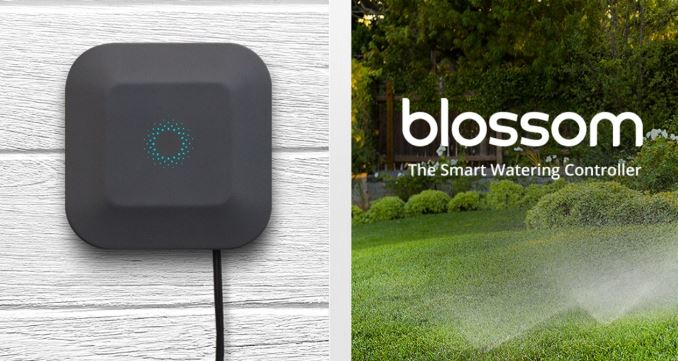
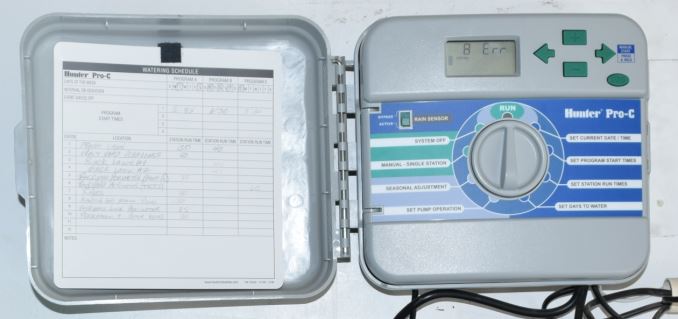
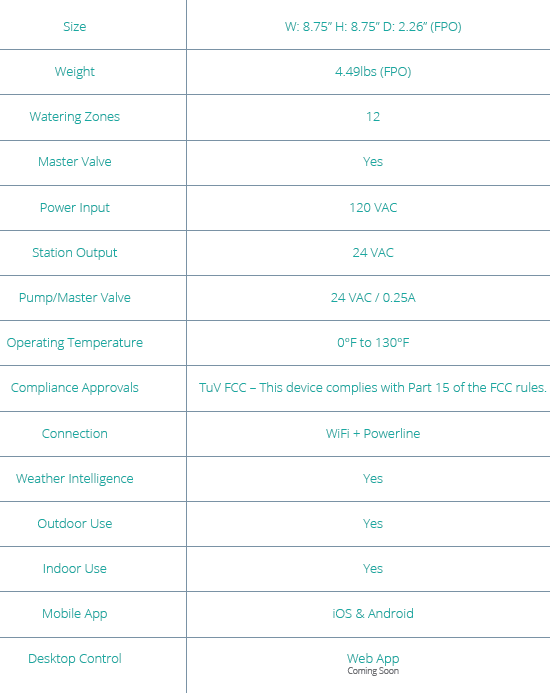
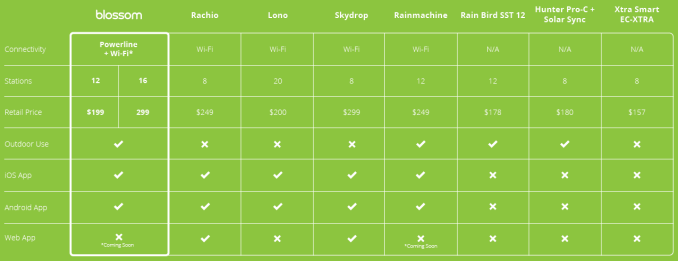
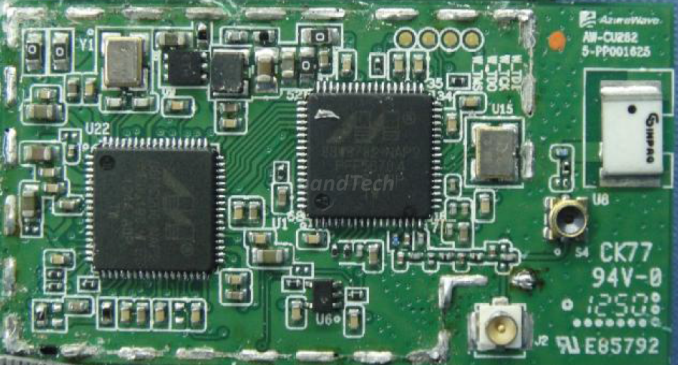

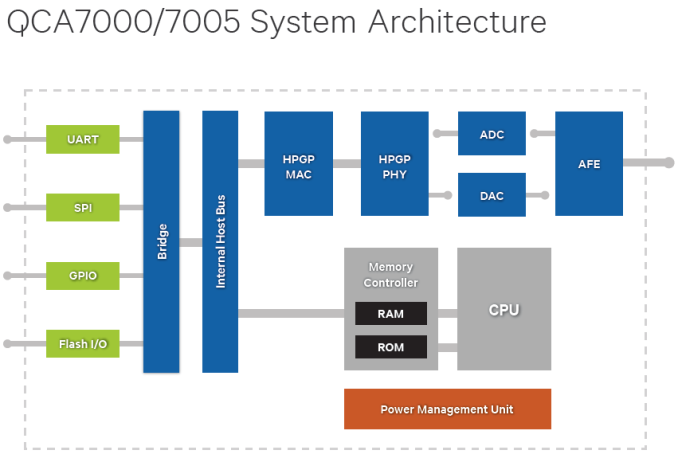








47 Comments
View All Comments
Arls - Sunday, August 30, 2015 - link
Unless the valves are buried or inside something locked you can just open them manually. Every type of valve has manual bleed of some kind.I agree 100% with having some kind of interface on the actual controller, lose your phone and you want to stop watering you have to unplug the unit every time?
Not sure what your beef with Hunter controllers is, I've only ever had a few problems with the old SRC's. Installed a ton of Pro-C's and only ever had a couple modules go bad. I always assumed they were top quality units.
I'm a bit out of the loop with newer Hunters, these days I almost always install Rain Bird ESP's. Best controller available IMHO.
TheSlamma - Monday, August 31, 2015 - link
Sadly not all valves do actually, I thought this too until I bought my current house and went out to try to turn the valve on at the box one day and there is nothing but the solenoid. I hate these valves I can't even adjust the pressure at them either so next summer those will be changed out.Hunter clocks are hard for customers to program is why I don't care for them. As you stated the Rainbird ESP's are good, Weathermatic and Irritrol are also mindlessly easy to use and set, especially for yards that have alternate schedules for different watering types on different days.
Arls - Wednesday, September 2, 2015 - link
All valves with just a solenoid require turning/partially unscrewing the solenoid for manual operation. Stiff solenoids like rainbird dv-100's come with a special tool that acts like a handle.Only in special applications will valves come built with pressure regulating capabilities. The handle on the center of valves with flow control only regulates flow not pressure. You have to buy a special solenoid in order to set the pressure.
I recommend buying the exact same model of valves with flow control that you currently have, you will only need to unscrew and change the tops. No digging required.
toyotabedzrock - Saturday, August 29, 2015 - link
The housing is not designed well. Those exposed wires seem like a bad idea.Daniel Egger - Saturday, August 29, 2015 - link
Hah, thanks for explaining how irrigation systems work in the US. I've never realised until just now that there're so complicated systems to realise achieve so simple as watering plants and grass at the right time and only when needed...TheSlamma - Sunday, August 30, 2015 - link
It's actually not at all complicated, it's a clock that sends a signal down couple wires that goes to a valve that triggers a solenoid to open and close. My family installed these systems for decades, of course it gets more complicated when morons do stupid things like run lines next to house foundations, don't build a blueprint for the homeowner and install crap clocks like Hunter. But any basic concept can be ruined or over complicated by idiots.If you want to see a complicated elaborate and amazing outdoor plumbing system then go to the palace at St Petersburg,
Bluepig - Tuesday, September 8, 2015 - link
I really appreciate that companies are looking at the web space (I despise the term The Cloud - hosted services) for the massive remote controlled and smart home options/movement. I've been using NEST since it first came out, but ended up disabling the wifi aspects when I received a notice from Utah Power and Gas telling me I should consider running my AC at 78 and not 76. It might have been a coincidence, but having previously received the same suggestion from Google, I assumed there was some information sharing. One aspect, and to me a negative one with Wifi is the potential loss of privacy. If I'm watering my grass at an hour that irritates a tree hugger, will I become the victim of a war drive? Yes, I know its a bit over the top, but pretending there are not cougars in the mountains does not mean they are not there during your hike. Plus, I’m just trying to cool down our superheated supernova Earth for all of the Global Warming gumps out there.On a less conspiratorial note If we are on vacation and I can water my grass as desired, that could be a benefit. I’ve been looking at some of the other home automation offerings out there, so this one jumped on my radar.
A problem that we have where I live are power outages. So the ability to spin up home services that have been powered off by power loss would be a fantastic benefit. Keep up the innovations folks. If we can keep government out of the kitty, all the better for everyone.